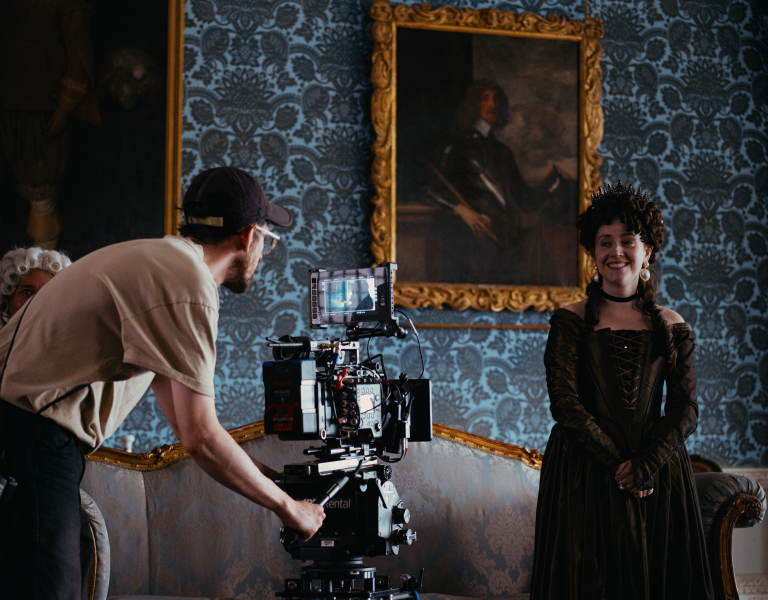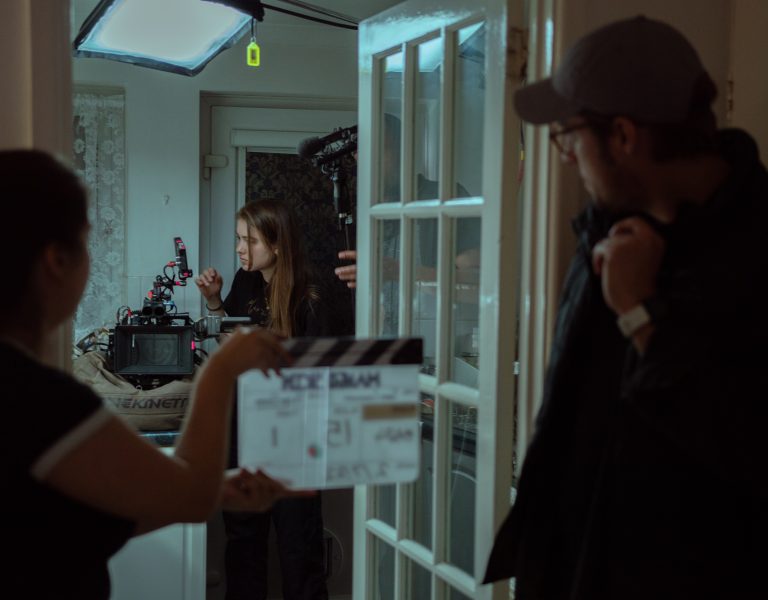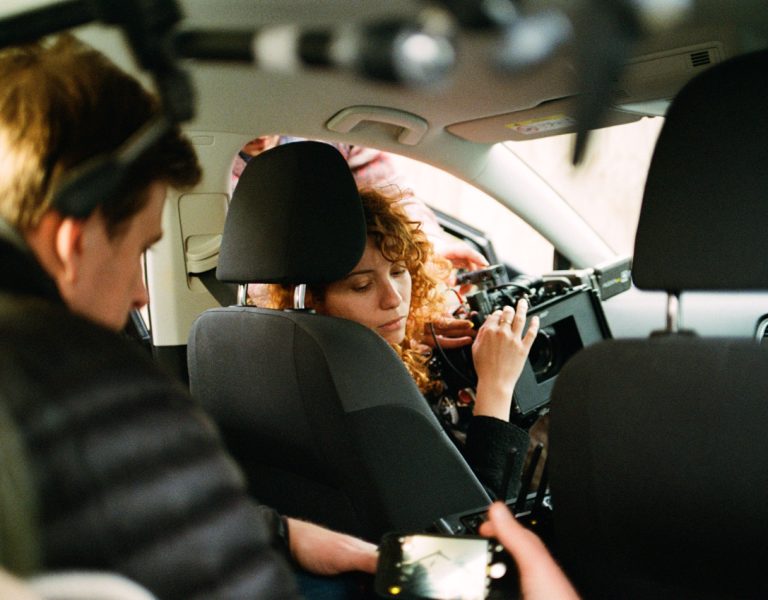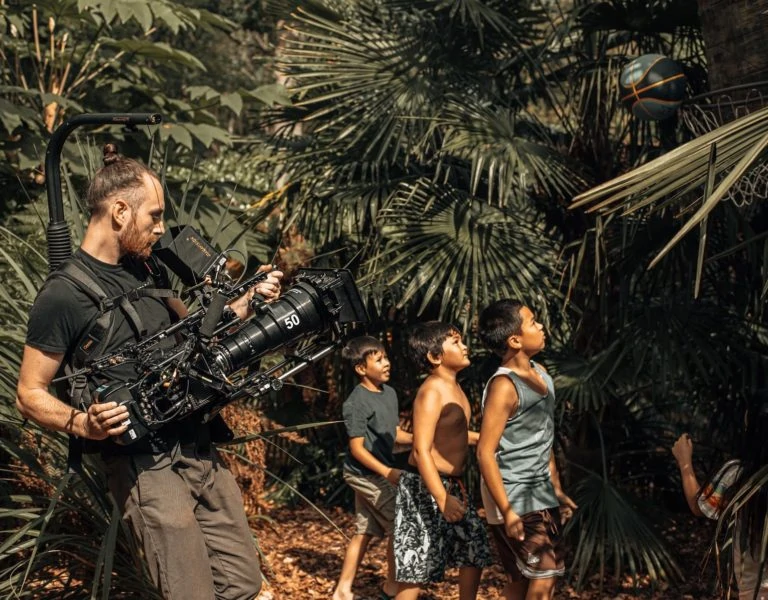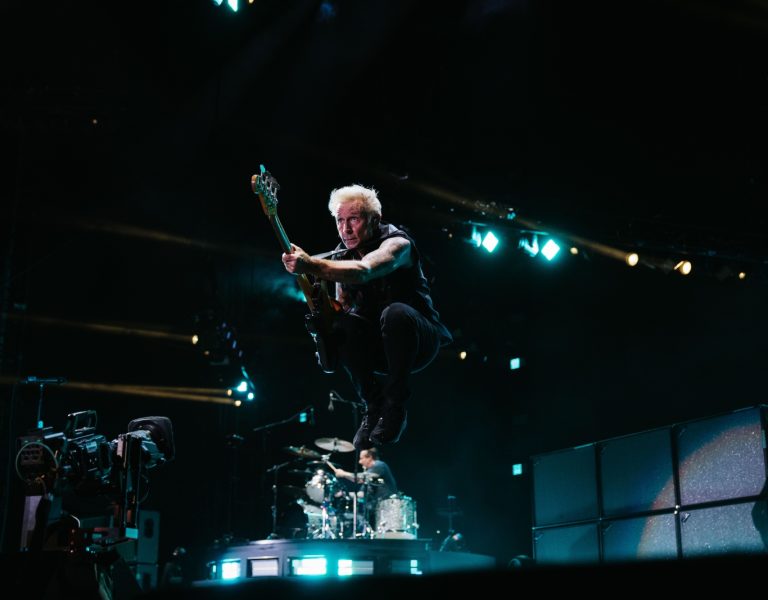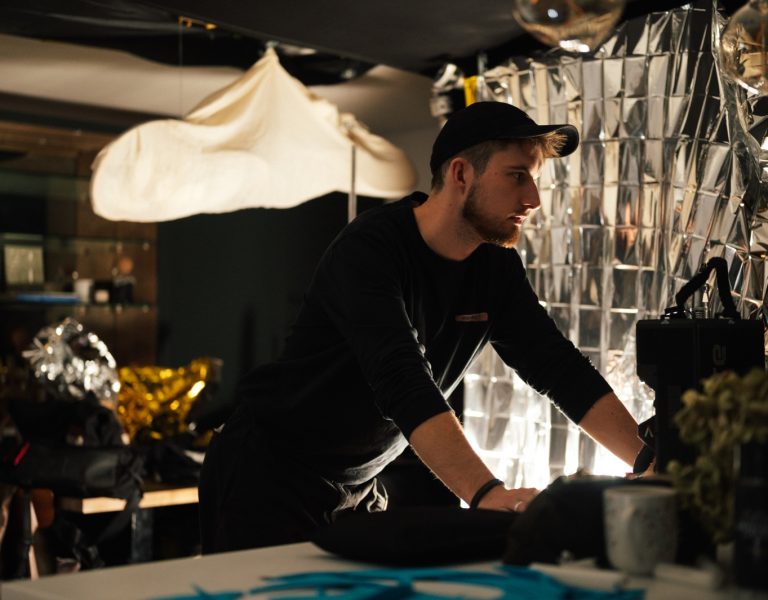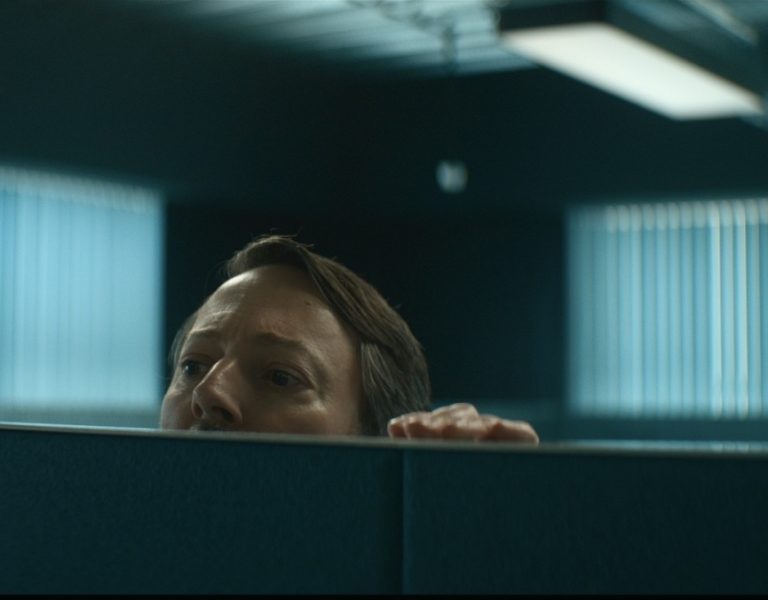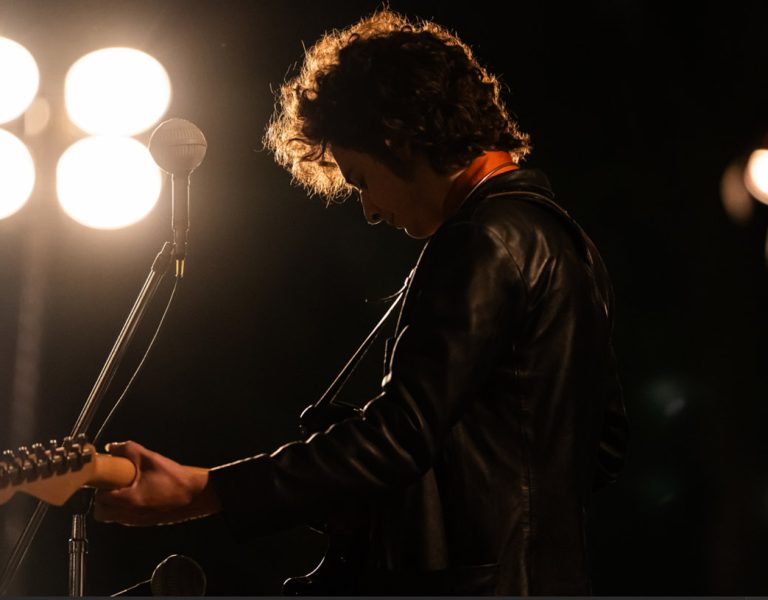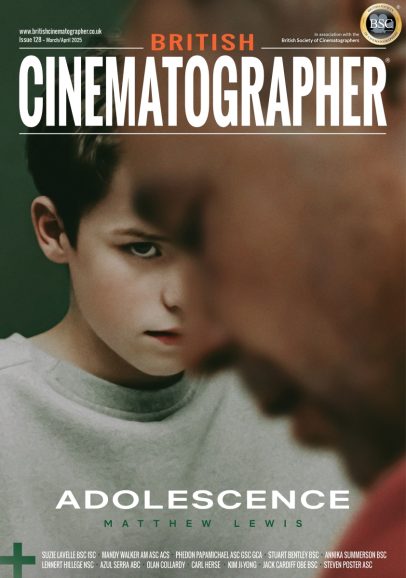CHINESE WINTERS
DP Yu-Ming Huang and director Rui Wang won the music video category at the CVP Canon Stories in Motion event with their video for the song To Night. Here they explain filming it during the winter break.
When Rui Wang was approached by rap group Ghost Crew to direct its music video “To Night”, he immediately felt a connection to the project. “I saw parallels with the line from the Eugene O’Neill play Long Day’s Journey into Night: ‘The past is the present, isn’t it? It’s the future, too’,” he says. “That’s because it addresses themes of urban existence, desire, and despondency and serves as a symbolic letter to ourselves in the night. Though the road is concrete, the night stretches long, for it spells not merely tonight, but an endless succession of nights ahead.”
The rap video was shot in its entirety in Beijing over last winter when Wang and DP Yu-Ming Huang, studying in the UK, returned to China in January for the winter break. The latter was a keen user of the Sony FX6 camera but went for something completely different.
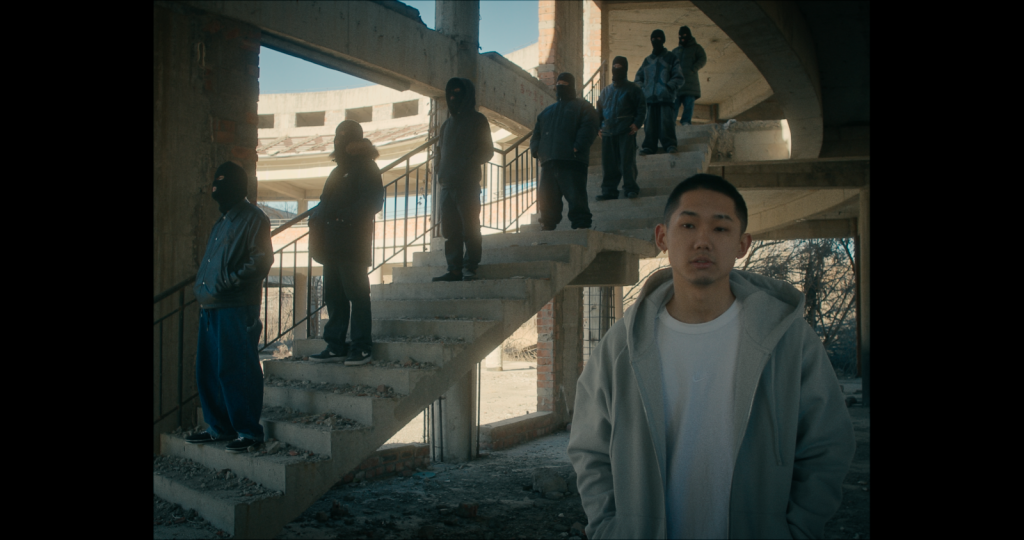
“After careful consideration and reading a lot of reviews and lab tests from platforms like CineD, I decided to switch over to the Canon C300 MKIII,” Yu-Ming says. “Lab tests from software like Imatest show results in much higher dynamic range and lower noise floor, so even though the high ISO performance on that camera isn’t great, when you shoot on the same ISO with the same lighting, you have more details from both highlights and shadows. While there are compromises to this switch, I concluded that the quality of the image, extent of exposure latitude, and raw codec are more important to me.”
He says he also likes the colour on Canons, especially the newer ones (Canon C300 MKIII and C70) “where it has a greener tint to the image that’s more like an old ARRI Alexa – it is just more pleasing to the eyes.”
When it came to lenses, Yu-Ming opted for the Angénieux Optimo 24-290mm, which he describes as a “vintage lens,” despite it being born well into the digital era. “It came out in 2001, so nearly 25 years ago, and is not like the newer Optimo Ultra 12x,” he continues. “It had a really vintage look. We were doing a lens test two weeks before the shoot and I noticed it had a different way of handling highlights, and a different colour tint compared to other lenses like Meike, the budget Chinese lens, Sigma Cine, ARRI Signature Primes and the newer Angénieux EZ zooms. Even some of the new Cooke FF zooms, the original Optimo x12 is much softer when wide open at T2.8. The Optimo has a different feel and suited my vision for the video. But we also used some other specialty lenses like the Tokina 100mm macro lens for the eye shots.”
Yu-Ming was keen to use a Steadicam during the production but says he wasn’t able to access “any of the good ones” in China. “It is very rare for any rental houses to provide Steadicam rentals as it is very personal equipment. I had to take on the Movcam ProMax due to budget constraints. It would also be impossible for me to fit an Optimo x12 on that Steadicam because of its build quality, so I decided to use the ARRI Ultra Primes for all Steadicam shots.”
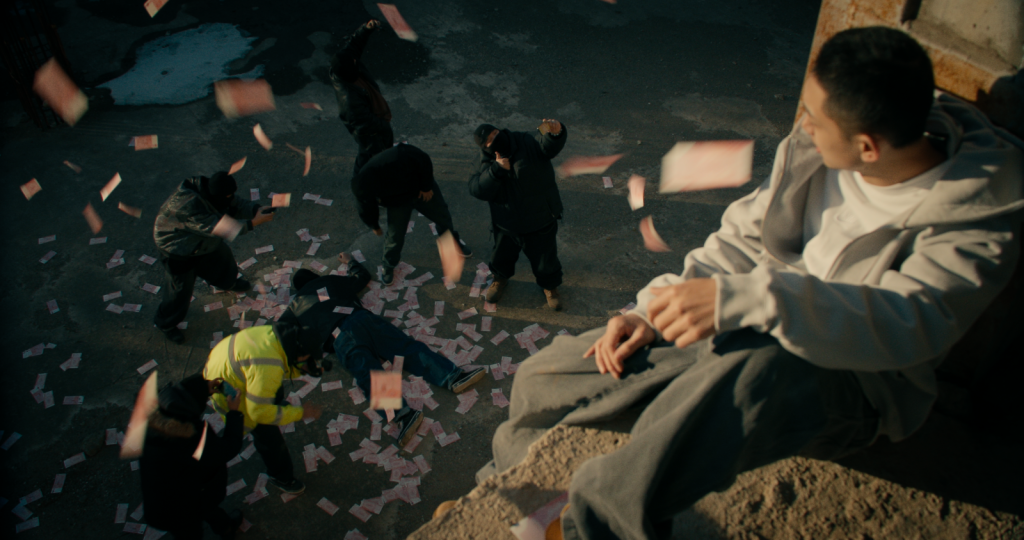
“You might think it’s not a good choice alongside Angénieux, but nowadays in post there is a lot you can do,” Yu-Ming adds. “We were also shooting wide open on the Ultra Primes.”
He points to one scene in the video in which “there’s a simple silhouette of a man on the bridge” because “we used the UP 85mm wide open at T1.9, making a very shallow depth of field, and there were car lights in the background, making huge moving bokeh in the out-of-focus area.”
The team also used a Laowa 9mm rehoused by Rolling Roll because it was a budget-friendly alternative to the UP 8R.
He adds that, also due to budget constraints, they couldn’t afford any rehoused vintage lenses like the Canon FDs, which would pair perfectly with the Angénieux. They could only choose between the Sigma and the Ultra Primes. “Needless to say, the UPs have much better skin tones.”
Lacking the budget to hire a lighting team, there were just three people on the camera crew including the DP, hence they had to rely mostly on natural light. However, the director and DP did put a lot of effort into finding the right location and angle in relation to the sunlight. “We turned up not knowing where and when the sun would make an appearance, but once we realised its position at a certain time of day, we started shooting there and then,” Wang says.
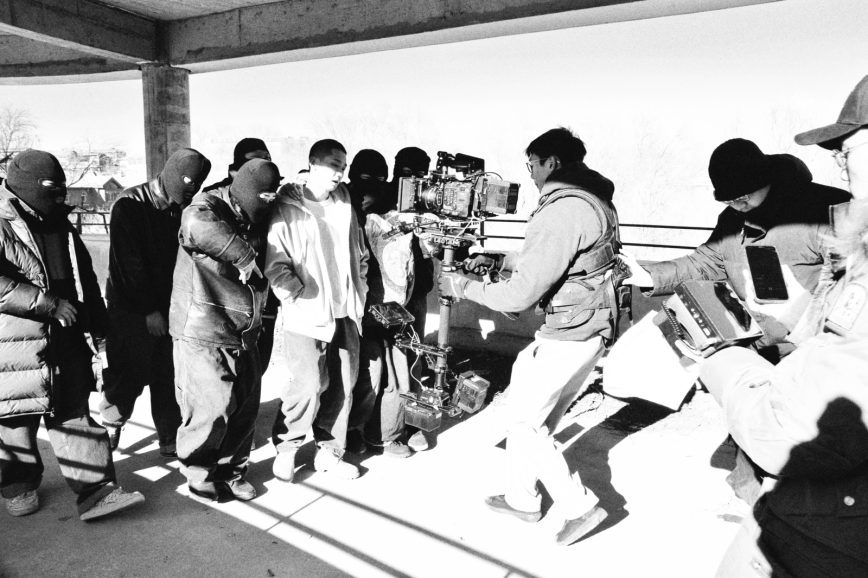
That said, the crew did use artificial light sparingly. “For one shot where it looks like an abandoned factory, we only used the Aputure 600X with the Spotlight adapter,” says Yu-Ming.
In the living room scene, the team used a lot of small Aputure MC LEDs to mimic practical lights, and an ARRI SkyPanel which is huddled behind the curtain to give us some diffusion and fill light. “We only had a SkyPanel and four Aputure MC panels for the interior shots.”
For the car scene, there was one Aputure MC panel clipped to the rear-view mirror with a magic arm, pointing to the person’s face. “We had to think seriously about how we used the MC panel light in that sequence because just a minor head tilt would make a lot of difference,” he says.
As for sound, well, that was easy as none was needed, with it being a music video. “We just had the shoe mic on camera and then we just aligned with posts and there are a lot of sound effects in the beginning scene where you see the streets and the intro shots.”
Huang adds: “It was completely online stock sounds.”
